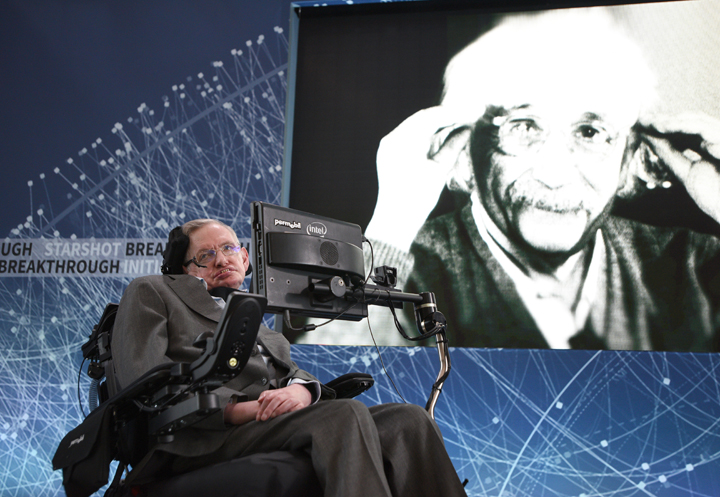Best known for his theories on general relativity, quantum gravity and an understanding of black holes, the death of Stephen Hawking, 76, is being noted across the world, including in Saskatoon.

Hawking was a role model to an entire generation of theoretical physicists, including University of Saskatchewan (U of S) professor Rainer Dick.
Dick attended a conference of Hawking’s in the 1990s. According to Dick, the man had an ability to captivate an audience despite the effect of Lou Gehrig’s disease on his body.
“He was very impressive. It was very impressive to see him on the stage in real life,” Dick said.
Hawking was diagnosed with Amyotrophic Lateral Sclerosis (ALS) at age 21 and shocked doctors by living decades beyond his life expectancy.
“He wanted to accomplish these breakthroughs in science and it almost seems to me like that kept him alive for such a long time. Really this curiosity to improve our understanding of the universe,” Dick said.
Also being noted is the peculiar day on which he died.

Get breaking National news
Hawking died on March 14, the same day renowned theoretical physicist Albert Einstein was born and a day recognized by many in the academic community as Pi Day, 3.14 for its numerical relation to the date.
“From a scientific perspective I would just consider it as a coincidence but … it is remarkable,” Dick said with a chuckle.
And while the mathematics department at the University of Saskatchewan is celebrating Pi Day, the link is hard to ignore.
“Pi comes up in all areas of mathematics and mathematics is very important to both Einstein’s theories and Stephen Hawking’s theories,” Chris Soteros, U of S mathematics & statistics department head, said.
The coincidental timing something unexplainable by academics, similar to Hawking himself.




Comments